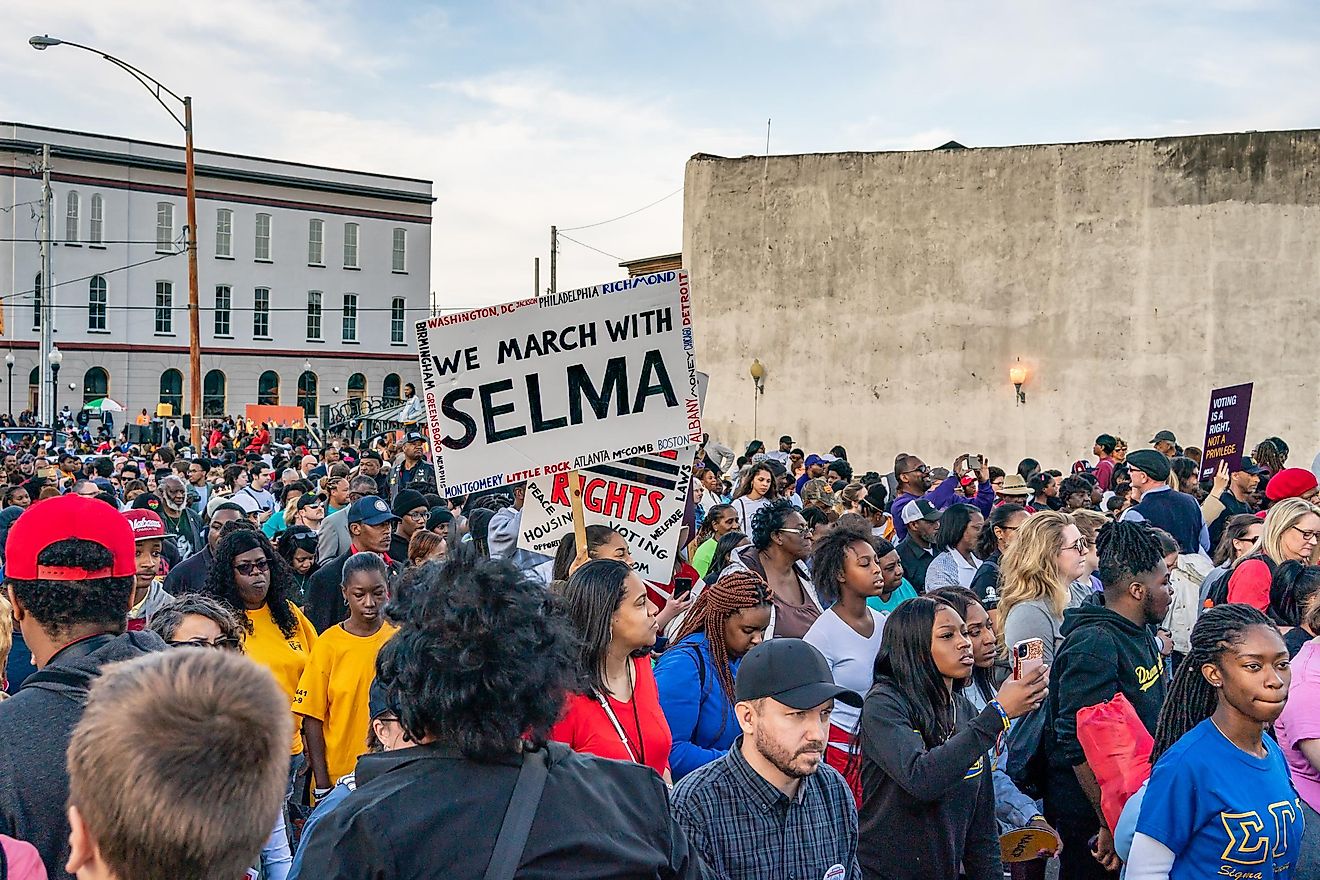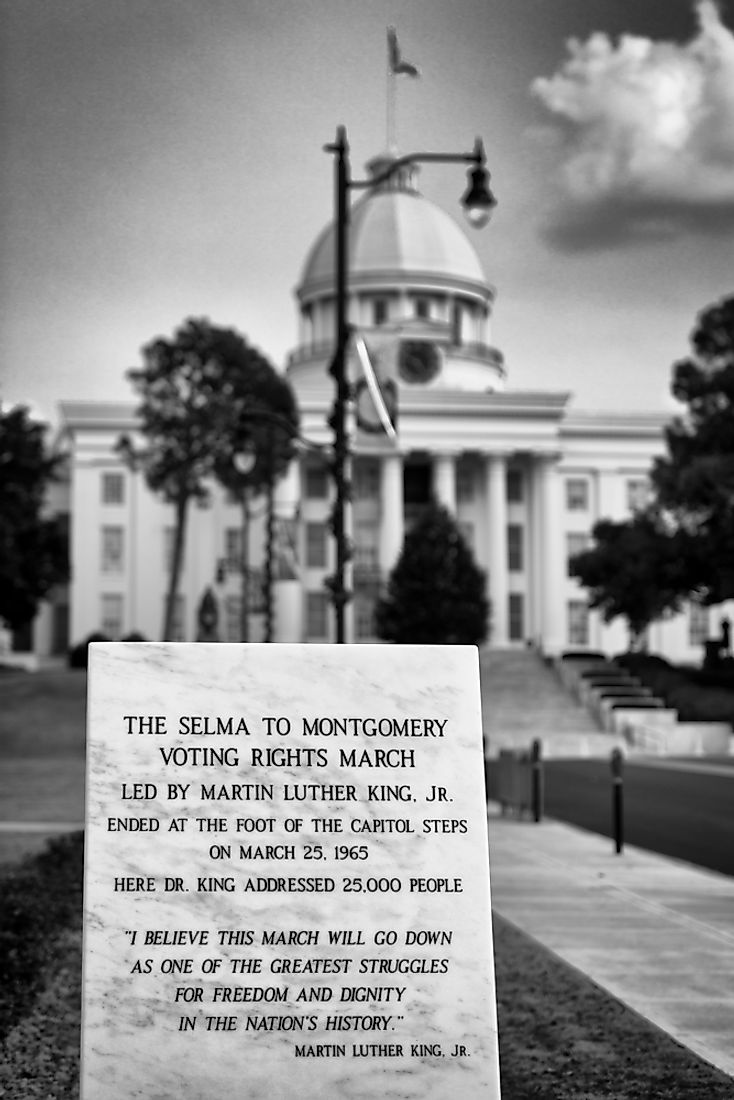Why Did Students Join The Movement In Selma?

- The Selma to Montgomery marches were three marches held in 1965 to shed light on the racial injustices going on in the United States at the time.
- Many students joined in on the marches, including those involved with the Student Nonviolent Coordinating Committee (SNCC). Students were actually one of the major groups that attended these marches, and they did so to fight for their right to vote. They wanted to improve the position of African-Americans in the United States, and they did so by protesting and becoming activists.
- Students in Selma, in cooperation with the SNCC, began fighting for the right to vote as early as 1963, 2 years before the marches. The students in Selma were known to be politically active, and they even organized sit-ins to protest segregation in the American South.
The Selma to Montgomery marches were three marches held in 1965 to shed light on the racial injustices going on in the United States at the time. Many important figures of the civil rights movement joined in on these marches, including Martin Luther King Jr. The main goal of these movements was the fight for the constitutional right to vote for African-Americans. They could not vote at the time, and a change was long overdue.
Many students joined in on the marches, including those involved with the Student Nonviolent Coordinating Committee (SNCC). Students were actually one of the major groups that attended these marches, and they did so to fight for their right to vote. They wanted to improve the position of African-Americans in the United States, and they did so by protesting and becoming activists. Students have always been those that would start or join in the fight for social change, and these marches were no different.
The Fight For Voting Rights
Throughout the American South, African-Americans struggled to get their right to vote. Slavery was abolished in 1865, but that did not change much for the black people living in the south of the United States. They still had to deal with discrimination, and they could not vote since they needed to overcome impossibly complex discriminatory prerequisites. Many organizations tried fighting against this, and many students organized their protests in order to change things for the better.

Students in Selma, in cooperation with the SNCC, began fighting for the right to vote as early as 1963, 2 years before the marches. The students in Selma were known to be politically active, and they even organized sit-ins to protest segregation in the American South. These protests were inspired by the Birmingham church bombing, which led to the death of four black girls. During these sit-ins, students were attacked and arrested, and approximately 300 of them ended up behind bars for two weeks. This included the chairman of the SNCC, John Lewis.
The Importance Of Student Involvement
It is not hard to see how all of this could lead to the students joining in the marches. In 1964, it seemed like things would improve when President Johnson signed the Civil Rights Act. This act prohibited segregation in all public facilities, although some of the racist Jim Crow laws remained in power in some places, including Selma. Naturally, it seemed like African-Americans would be able to vote normally from that moment on, but the County Sheriff in Selma still did not allow them to participate.
This continued for some time, which led to the Selma to Montgomery marches, which included many enraged students. These students fought for a better future. They managed to achieve a higher level of education and naturally wanted to be able to participate in all social and political activities in their country. Unfortunately, many states were still plagued by the racist ways of the old days, which denied certain groups of people their civil rights. This is why protests are often a good way to create change. These marches eventually led to the Voting Rights Act in 1965, which prohibited discrimination in voting and allowed everyone to participate in the collective decisions that concern all members of the society.











